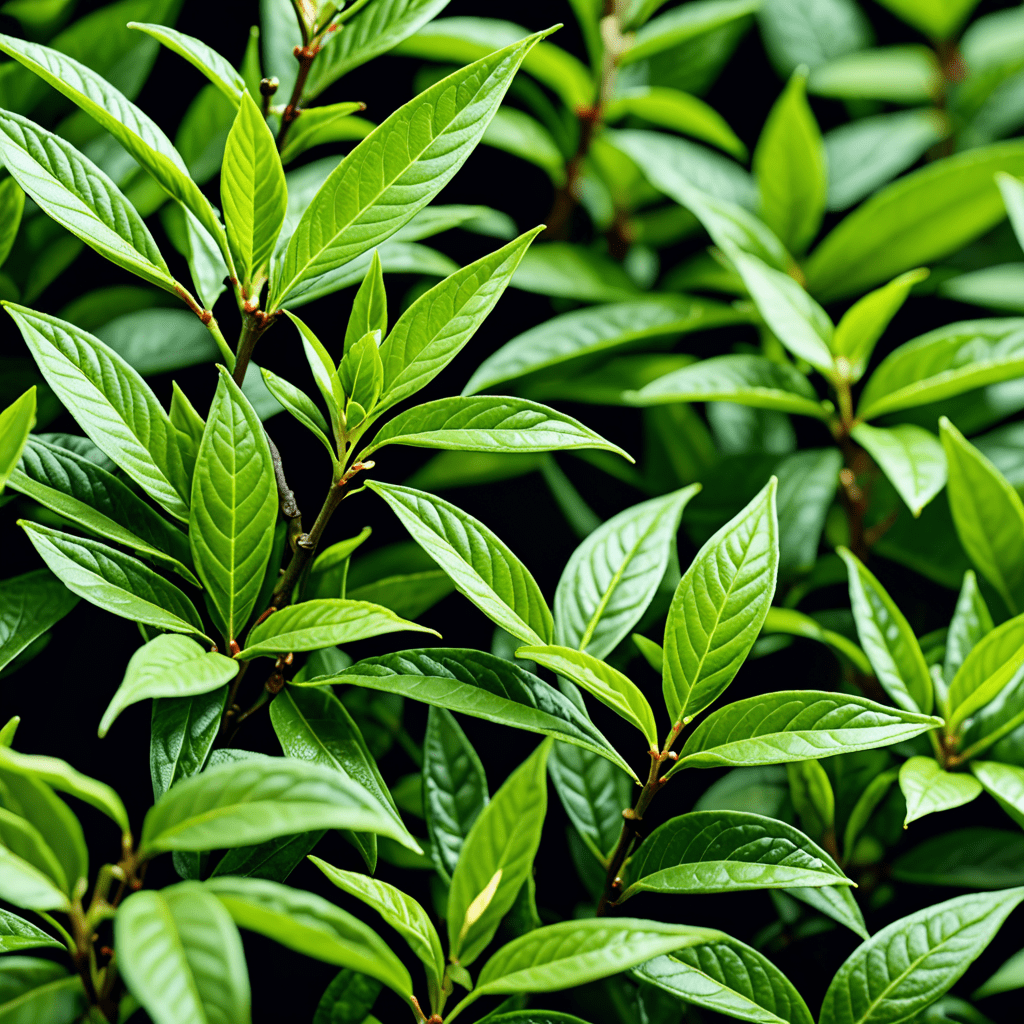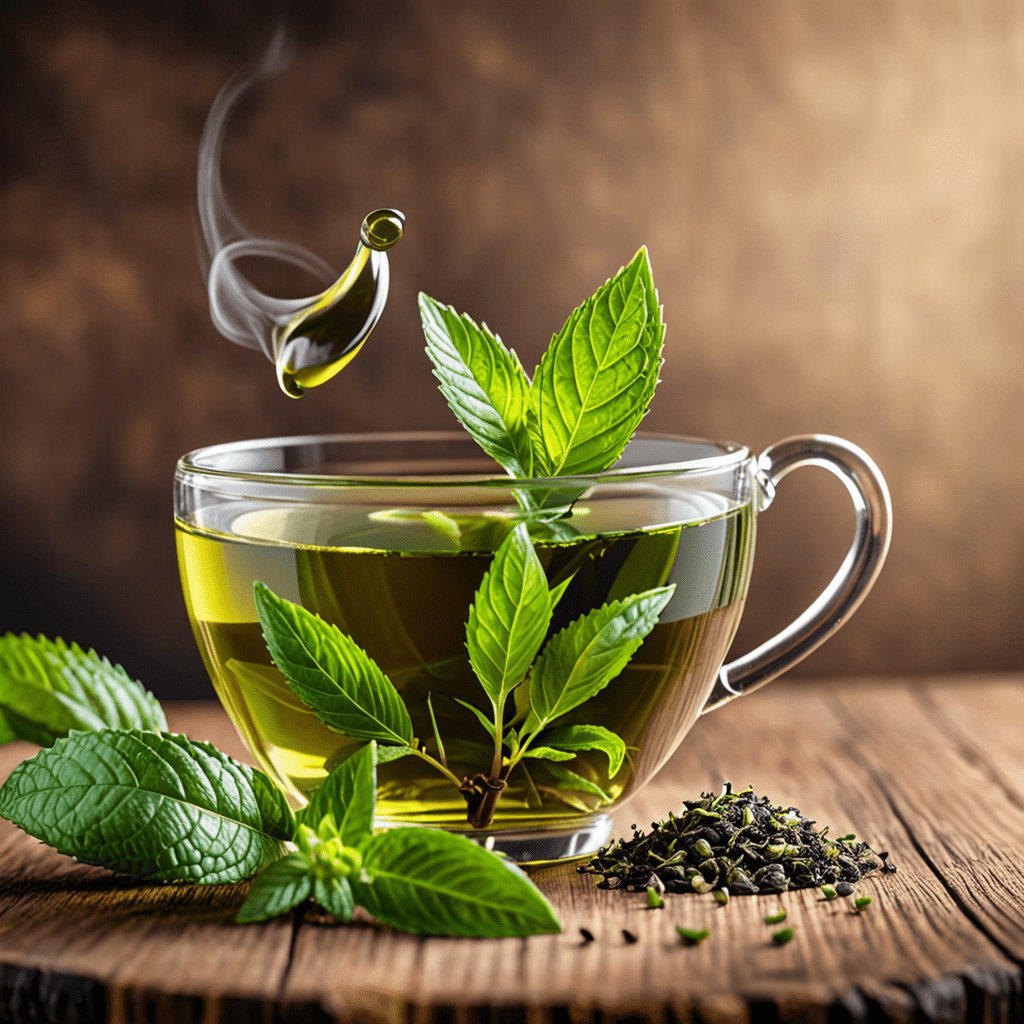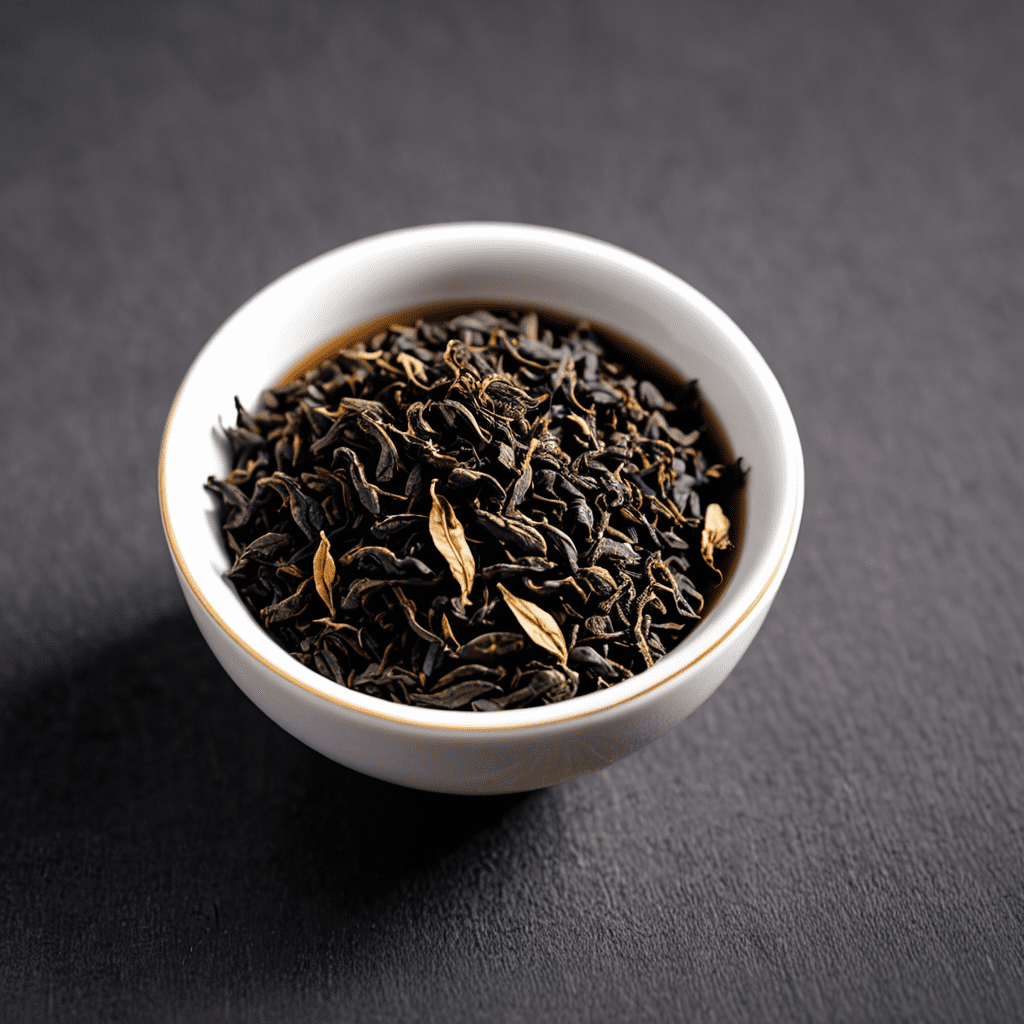Unlock the Secret to Growing Lush Green Tea Leaves at Home
Have you ever dreamed of having your own lush tea garden where you can pluck fresh green tea leaves to brew a delightful cup of tea? Growing green tea leaves at home might sound challenging, but with the right knowledge and care, you can turn this dream into a reality. In this guide, we will walk you through the step-by-step process of growing green tea leaves, from selecting the right variety to harvesting and processing your very own tea.
Choosing the Right Variety
Not all tea plants are the same, and different varieties thrive in different climates and conditions. It’s essential to choose a variety of green tea that is well-suited for your local climate. Some popular green tea varieties include:
- Camellia sinensis var. sinensis: This variety is commonly grown in cooler climates and is well-suited for areas with shorter growing seasons.
Camellia sinensis var. assamica: This variety is typically found in warmer climates and is more resistant to pests and diseases.
Tip: Before purchasing green tea plants, research the suitable varieties for your climate or consult local gardening experts for recommendations.
Preparing the Soil
Green tea plants thrive in loose, well-draining soil with a pH between 5.5 and 6.5. Before planting, it’s essential to prepare the soil by:
- Testing the soil pH: Use a soil testing kit to determine the pH level. If necessary, amend the soil by adding lime to raise the pH or sulfur to lower it.
Enriching the soil: Green tea plants prefer nutrient-rich soil. Incorporate well-rotted compost or organic matter into the soil to improve its fertility.
Ensuring proper drainage: To prevent waterlogging, ensure the soil has good drainage. If the soil retains excess water, consider adding organic materials such as sand or perlite to improve drainage.
Planting and Caring for Green Tea Plants
Once you have prepared the soil, it’s time to plant your green tea plants. Follow these steps for successful planting and care:
- Choosing the right location: Green tea plants thrive in partial shade, as direct sunlight can scorch the delicate leaves. Select a location with morning sun and afternoon shade.
Planting the green tea plants: Dig a hole twice the size of the root ball and gently place the plant inside. Fill the hole with soil, making sure to remove any air pockets around the roots.
Watering: Keep the soil consistently moist but not waterlogged. Water deeply once or twice a week, depending on the weather conditions and the moisture needs of the plants.
Fertilizing: Apply a balanced, slow-release fertilizer during the growing season to provide essential nutrients for healthy growth. Follow the manufacturer’s instructions for application rates.
Pruning: Prune the green tea plants regularly to promote bushier growth and remove any dead or damaged branches. Pruning also helps to improve air circulation, reducing the risk of fungal diseases.
Pest and disease control: Monitor your green tea plants regularly for signs of pests or diseases. Common issues include aphids, mites, and fungal diseases. Use organic pest control methods or consult with local gardening experts for effective treatments.
Harvesting and Processing Green Tea Leaves
The exhilarating moment arrives when you can finally harvest your homegrown green tea leaves. Follow these steps to ensure you harvest and process the leaves correctly:
- Timing: Green tea leaves are best harvested in the early spring or summer when the leaves are young and tender. Choose a dry day to harvest, preferably in the morning when the dew has dried.
Plucking: Using your fingers or sharp scissors, pluck the young and healthy leaves from the top of the plant. Be careful not to damage the remaining leaves or the plant itself.
Processing: There are various methods to process green tea leaves, depending on the desired type of tea. The most common method involves withering the leaves, pan-frying or steaming them to stop oxidation, and then rolling and drying them. Research and experiment with different processing techniques to find the one that suits your taste.
Storing: After the leaves have been processed, store them in airtight containers away from light, heat, and moisture. Proper storage will help preserve the flavor and freshness of your homegrown green tea.
FAQs
Q: How long does it take for green tea plants to mature?
A: Green tea plants typically take three to five years to mature and produce a significant yield. However, you can start harvesting small amounts of leaves from the second year onwards.
Q: Can I grow green tea indoors?
A: While it’s possible to grow green tea indoors, it can be more challenging to provide the necessary light and humidity conditions. If you choose to grow green tea indoors, ensure you can provide adequate light, maintain consistent temperature and humidity, and mimic outdoor growing conditions as closely as possible.
Q: How much tea can I expect to harvest from one plant?
A: The amount of tea you can harvest from one green tea plant varies depending on its age, size, and growing conditions. On average, a mature tea plant can yield anywhere from 500 grams to 1 kilogram of fresh leaves per year.
Now that you have all the knowledge you need to grow your own green tea leaves, it’s time to embark on this exciting journey. Remember to be patient, experiment with different techniques, and enjoy the process of cultivating your very own tea garden. Cheers to a bountiful harvest and many delightful cups of homegrown green tea!



